Some of you may have already read some of my thesis work on war films. The title of the work was: With the recent release of several Second World War feature films, how and why has the treatment of the theme of war developed since 1939?
The writing began sometime in 1999 and was finished in 2000. This is the first section of my thesis. As it was a piece of academic work, it was necessary to follow certain conventions. The first being that it needed a synopsis. Writing about war films, to be punchy, I thought bringing out a big gun as soon as possible would be a good idea. Hence, a quotation by arguably one of the greatest and most influential directors of all time.
Over to Orson
The Second World War is the subject matter, more than any other since 1939, that has continued to inspire filmmakers to utilize it as the basis for their films. This is due to a combination of factors succinctly summarized by Harry Lime (Orson Welles) in Graham Greene’s post-war drama, The Third Man in 1949: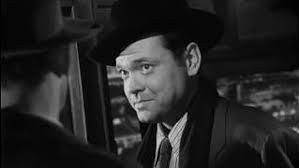
“In Italy for thirty years, they had warfare, terror, murder, and bloodshed, but they produced Michelangelo, Leonardo de Vinci, and the Renaissance. In Switzerland, they had brotherly love. They had five hundred years of democracy and peace and what did they produce? The Cuckoo Clock.”
The recent release of Steven Spielberg’s critically acclaimed Saving Private Ryan and several other major Hollywood productions has shown that even at the turn of a new century, filmmakers, audiences, and critics alike are still drawn to the Second World War.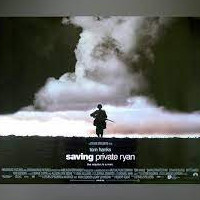
Several significant problems arise in the study of film, especially war films. This study will address a number of these problems ranging from the realistic portrayal of events, the historical value of Second World War films, the treatment of certain taboos and the portrayal of the theme of decency. Many of these factors developed over time; therefore, this study will concentrate on the political, ideological, and cultural reasons behind these developments.
Problems of history and film choice.
John Keegan has described the Second World War as, “the largest single event in human history.” The initial question that, therefore, arises is when the war began and ended. A.J.P. Taylor believed that the Second World War was not a war [in its own right] but rather a continuation of the First World War. 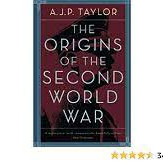
The war affected many nations in many ways, beginning and ending at different times.
For Britain and France, it began in September 1939 with their declaration of war on Germany after the invasion of Poland.
For other European nations, such as Czechoslovakia, it began in 1938 when this nation was annexed.
From a Soviet perspective, The Great Patriotic War [possibly] began with the Russo-Finnish War [Winter War] in late 1939, while in the U.S., their official world war began in December 1941 when Germany declared war on them after the Japanese attack on Pearl Harbour.
Thus, when choosing films, a chronology between September 1939 and May 1945 was adopted (it also includes a film which transcends the earlier date, Foreign Correspondent, which considers a period just before the war was declared and a short time afterwards).
Big Gun No.2
John Keegan highlights a subsequent problem: “The history of the Second World War has not yet been written. Perhaps in the next century, it will be. Today, though fifty years have elapsed since it ended, the passions it aroused still run too high, the wounds it inflicted still cut too deep and the unresolved problems it left still bulk too large for any one historian to strike an effective balance.” 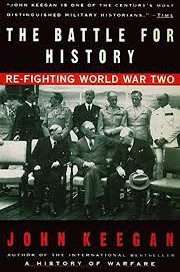
The same, “passions,” and “unresolved problems,” that pose difficulties for the historian are an ideal arena for a filmmaker, as shown by the correspondingly large number of Second World War films, but the plethora of material poses a problem for an MA study, a situation remedied only by imposing criteria to reduce the number to a manageable level.
The length of this study has dictated that no more than fourteen films were chosen. The initial criterion was that only United States and Great Britain films would be used. This meant that only English-language films were utilized. The following criterion was the sphere of operations that would be included. It was decided to focus on films dealing with the war in Europe, North Africa, and the North [and South] Atlantic, which was a distinct conflict in many ways from the Pacific War.
The next film up for consideration is that great Sunday Afternoon movie, (As an Amazon Associate I earn from qualifying purchases) The Dam Busters.
How I picked the films
With no internet to use for my research, I had to use what I had available. I knew a lot of films about the Second World War, but I needed to find out more. In the first instance, I went to a bookshop somewhere in Chester, where I was studying. Rather than going to my favourite section, I went to the film section. Here I found my film bible, the 7th Virgin Film Guide.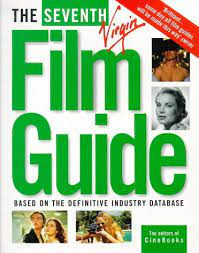
Alphabetically by film title, I trawled through this tome and every time there was an appropriate film I folded over the page [I know, book sacrilege to some] to come back to it to make my decision. I needed fourteen films, and I wanted at least one film from each of the seven decades I would be considering.
I have no idea how many pages I folded over, but I still have the book and it’s a good inch thicker where the folded pages are. I believed I had better use a similarly big gun with my second quotation but a historian this time and fortunately John Keegan could provide suitable material.
What next?
I hope this goes some way to explaining why I did what I did with the films. If I repeated the work today, I would probably pick a few different films, but this is what I thought in my mid-twenties. I’m not done with the big guns yet either as I’ll bring out the director of The Exorcist in the next installment of this blog. Please feel free to comment.
All the best
BigT
